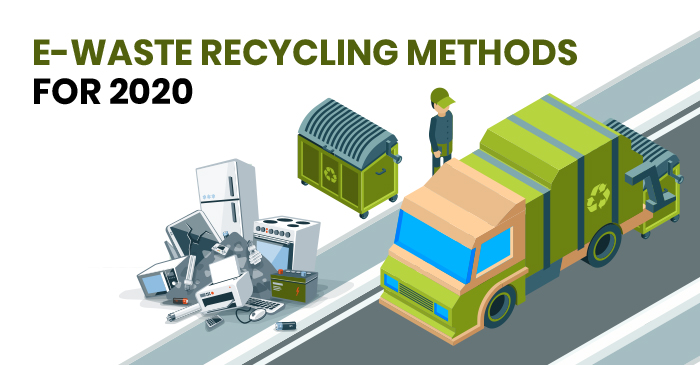Just How To Select The Right Dumpster Dimension For Your Job: A Comprehensive Guide
Just How To Select The Right Dumpster Dimension For Your Job: A Comprehensive Guide
Blog Article
Content Author-Finnegan Duckworth
When embarking on a task that calls for a dumpster, the dimension you choose can substantially impact its performance and cost-effectiveness. Visualize having the perfect container that suits all your waste without being exceedingly large or as well small. Everything begins with comprehending the nuances of your job and choosing a dumpster dimension that aligns with your specific needs. So, before you make a decision, consider the variables at play to make certain a smooth waste administration process from start to finish.
Factors to Think about
When choosing the appropriate dumpster dimension, there are several key factors to take into consideration.
Initially, consider the type of waste you'll be taking care of. Different products might require varying amounts of area, so comprehending what you'll be placing in the dumpster is important.
Next off, analyze the quantity of waste you anticipate to create. If you underestimate the volume, you might need to make numerous journeys to deal with whatever, which can be inconvenient and expensive. On the other hand, leasing a dumpster that's as well large can lead to unneeded expenses.
Furthermore, consider the space where the dumpster will certainly be positioned. Guarantee there suffices space for the dumpster to be delivered and grabbed without any blockages.
Lastly, think of any kind of weight constraints that might apply. Exceeding debris box rental can result in additional charges and even the refusal of service.
Dumpster Size Alternatives
For choosing the ideal dumpster dimension, it's essential to have a mutual understanding of the available alternatives. Dumpster sizes commonly vary from 10 to 40 cubic backyards, with variants in between.
A 10-yard dumpster is suitable for tiny projects like a garage cleanout or a small improvement. If you're dealing with a medium-sized task such as a kitchen remodel or a cellar cleanout, a 20-yard dumpster could be the best choice.
For larger tasks like a whole-house renovation or business construction, a 30 or 40-yard dumpster could be better to fit the volume of waste generated.
When choosing a dumpster dimension, consider the amount and type of particles you anticipate to deal with. It's far better to select a slightly bigger dimension if you're unclear to stop overfilling. Remember, it's even more affordable to rent out a dumpster that fits your needs rather than having to buy an additional one.
Matching Dimension to Task
Optimally matching the dumpster dimension to your job is important for efficient waste management. To figure out the ideal size, consider the extent and nature of your job.
For small household cleanouts or restorations, a 10-yard dumpster might suffice. These are generally 12 feet long and can hold about 4 pickup lots of waste.
For larger tasks like redesigning multiple areas or cleaning out a big estate, a 20-yard dumpster might be better. These are around 22 feet long and can hold roughly 8 pickup tons.
If you're dealing with a major building and construction project or commercial improvement, a 30-yard dumpster could be the very best fit. https://www.prweb.com/releases/rubbishpod/newsoftware/prweb12152664.htm are about 22 feet long and can accommodate about 12 pickup loads of debris.
Matching the dumpster dimension to your task guarantees you have enough area for all waste products without paying too much for unused ability.
Conclusion
To conclude, selecting the best dumpster dimension for your task is crucial for efficient waste disposal. By taking into https://dumpster-rental-services99987.dailyblogzz.com/31921802/what-is-the-actual-price-of-renting-a-dumpster like the kind and quantity of waste, room availability, weight restrictions, and spending plan restraints, you can guarantee you have the ideal size dumpster for your demands. Make sure to match the size of the dumpster to the range and nature of your project to avoid overspending on unneeded expenditures.
